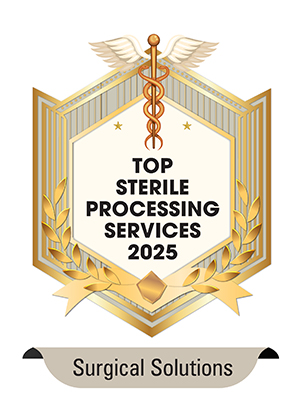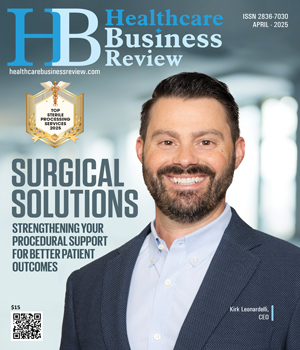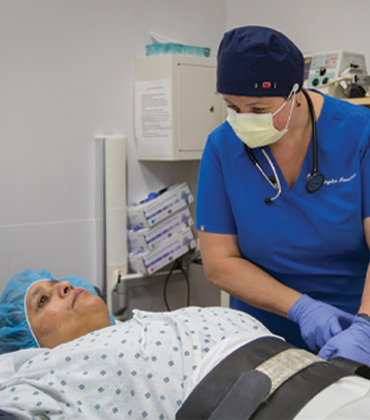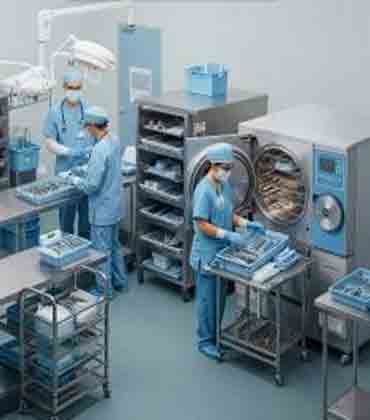Thank you for Subscribing to Healthcare Business Review Weekly Brief
Surgical Solutions could be categorized as an outsourcing partner, but its role extends far beyond by embedding expert teams within hospitals and ambulatory surgery centers, driving operational efficiency and ultimately, improving patient care. Where many companies focus only on meeting short-term staffing needs for sterile processing, endoscopy reprocessing and OR support, Surgical Solutions delivers operational partnership. It means placing its expert teams on-site and taking full command of daily operations. From instrument sterilization and surgical case preparation to procedural room turnover, end-to-end accountability is offered to elevate departmental performance while freeing hospital staff to focus on patient care. “We are a true operational partner embedded within the hospital environment, responsive to their challenges and committed to delivering measurable gains in surgical throughput and best quality patient care,” says Kirk Leonardelli, CEO. This depth of integration removes a set of challenges clinical leaders know all too well. With Surgical Solutions in place, hospitals and ASCs no longer need to manage onboarding, training, or even developing leadership within sterile processing and procedural support departments. These efforts—and the time, cost and complexity they require—shift entirely to Surgical Solutions, purpose-built for this work. By taking on these responsibilities, Surgical Solutions eases the burden on hospital staff, allowing them to focus more on patient care. This commitment aligns with its vision—to improve the lives of all those it serves—while driving meaningful improvements in healthcare operations. Operational lift comes with a financial advantage, as well. Rather than rely on fixed staffing costs that don’t flex with demand, hospitals benefit from a shared-cost model that adjusts in real time to surgical volume. When demand rises, trained support staff and resources are added, accordingly. When volume slows, so does the overhead. Hospitals aren’t forced to carry unnecessary costs. But that doesn’t mean service quality is compromised. The model is designed to protect both margins and outcomes. The gains are practical, measurable and resoundingly transformational. The impact is tangible. At one hospital, partnering with Surgical Solutions led to a 13.5 percent increase in surgical volume, driving 12.1 percent compound annual growth rate (CAGR) in revenue. In an industry where thin margins dictate success, this level of efficiency and financial growth is a game changer. With Surgical Solutions, sterile processing and procedural departments become more efficient. Surgical teams gain focus. Patient care improves. And leadership finally has the bandwidth to think beyond daily operations to focus on growth, quality and innovation.
Top Functional Lab Training Service Company 2025
Many people live with ongoing health issues that never seem to improve. They visit doctors, specialists, and alternative practitioners, yet their symptoms persist—even when lab results show everything is “normal.” Treatments manage symptoms but don’t address root causes, leaving patients stuck in a frustrating cycle of trial and error. As their search for a cure continues, their well-being declines, and hope fades. When patients don’t get the results they need, the impact extends beyond their own health. Limited by symptom-focused methods, practitioners struggle to find effective solutions, weakening client trust and slowing referrals, making it difficult for practices to grow. A New Approach to Lasting Health Functional Diagnostic Nutrition (FDN) offers a powerful and effective solution, built on the belief that better patient outcomes drive all other successes. It equips health practitioners with the tools and knowledge to identify and address the root causes of health issues— not just manage symptoms. FDN’s education model combines advanced science, practical application, and patient-centered support. Students learn to use functional lab tests that provide deeper insights into the body’s systems, allowing for more accurate and personalized care. “We don’t train practitioners to diagnose or treat specific conditions. Instead, we empower clients to heal by addressing underlying dysfunctions,” says Reed Davis, chairman and founder of FDN. This method focuses on investigating the body’s systems to uncover dysfunction at its source. Rather than simply relieving symptoms, it seeks to correct deeper imbalances. Training That Makes a Difference FDN’s training program is designed to help health professionals succeed. The course teaches students how to run and interpret functional lab tests, including blood, saliva, urine, and stool tests. Practitioners identify imbalances in digestion, hormones, immune function, and detoxification. This approach provides a complete picture of the body’s condition, rather than just isolated symptoms. A clear and systematic method shapes the entire training. FDN has developed a step-by-step process for investigating health issues, enabling practitioners to identify multiple healing opportunities for every client. The focus on addressing underlying causes creates long-term health solutions.
Anesthesia Service Company of the Year 2025
Anesthesiologists work inconspicuously to ensure the safety of surgical patients. That’s how we typically see their role, but what if we’ve been overlooking the broader value they bring to the table all along? Singular Anesthesia Services shines a light on that perspective, proving that anesthesiologists are not just facilitators of surgery; they are the key to unlocking the financial sustainability of facilities such as hospitals, ambulatory centers (ASC) or offices. Rather than simply staffing operating rooms (OR) with top-tier anesthesiologists, Singular Anesthesia leverages their insights to address inefficiencies in the OR schedule that cost facilities time, money and capacity. How does Singular Anesthesia turn anesthesiology into a facility’s financial engine? Every minute in the operating room carries financial weight— wasted or misallocated time doesn’t just slow down surgeries. It disrupts the entire facility’s operations. Yet, traditional OR scheduling relies heavily on estimated procedure times, often leading to inefficiencies, delays and last-minute adjustments. Singular Anesthesia helps to solve this challenge by leveraging its anesthesiologists’ real-time data and historical surgical durations to create more precise scheduling models. Rather than relying on rough estimates, the facilities analyze past procedure times to align surgery block allocations with more practical use-case scenarios. This streamlines transitions between cases and enables surgeons to complete procedures as planned, ultimately enhancing both operational efficiency and patient care. “This power of anesthesiologists has always been there. We are just taking it further,” says Naixi Li, MD, president. “As true partners to facilities, we’re ensuring our anesthesia services help drive revenue and become the financial engine they need.” No More Waiting for New Surgeons to Get Needed OR Time Knowledge of surgical blocks makes Singular Anesthesia doctors the ultimate problem-solvers in OR scheduling. They understand the logistics and struggles surgeons face, especially those just starting out. Nearly 44 percent of new surgeons leave their first job within just 3.3 years, often because they struggle to secure enough cases. Many hospitals require surgeons to meet case volume benchmarks before granting dedicated OR time, creating a ‘catch-22’—new surgeons can’t meet the requirement without access, yet they don’t get access until they meet the requirement. This delay can stretch for weeks or even months, limiting their ability to build experience and contributing to high turnover rates. Singular Anesthesia partners with the facilities to address this challenge by optimizing OR scheduling to make room for new talent. With deep expertise in scheduling and strong relationships with surgeons, its anesthesiologists identify underutilized time slots between senior surgeons’ cases. Strategically coordinating those schedules, Singular Anesthesia helps facilities to make sure new surgeons gain earlier access to OR blocks, without disrupting existing workflows. This approach not only improves surgeon retention but enhances facilities’ efficiency by maximizing OR utilization. Patient Safety Above All Else Being the gatekeeper of patient safety means leaving no stone unturned, especially at a time when the low rate of adverse surgical outcomes may lead to complacency. While adverse surgical outcomes are statistically rare—major surgery has a crude mortality rate of just 0.5 to 5 percent— these numbers don’t capture the full picture of patient risk.
CXO INSIGHTS
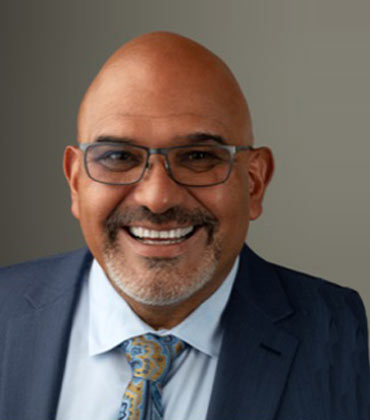
Challenges surrounding Perioperative Operations
Ruben J. Azocar, Vice President for Perioperative Services, Beth Israel Deaconess Medical Center

Meeting the Technical Staffing Shortage in the Clinical Laboratory
Michael Baron, Executive Director of Clinical Laboratory Operations, Wisconsin Diagnostic Laboratories
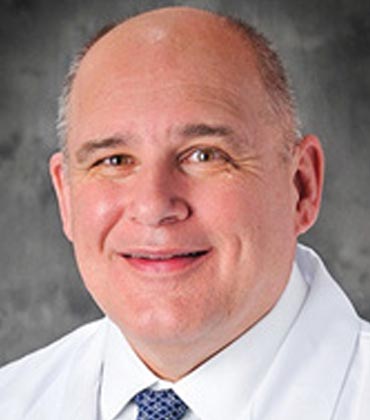
EmPATH - A Path to Better ED Behavioral Healthcare
James Bryant, Vice President of Emergency Services, Centra Health
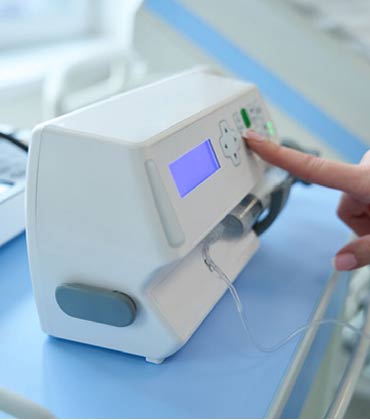
The Efficient Use Of Ketamine In Administering Anesthesia
Jon Halling MD MBA, Anesthesiology Residency Program Director, HCA Healthcare
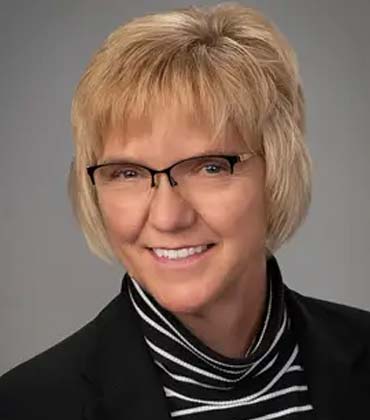
The Increasing Relevance of Sterilization and Packaging
Beate Graeter, Director, Sterile Processing, Caromont Health
IN FOCUS
EDITORIAL
Advancing Hospital Efficiency Through Integrated Procedural Support
Emerging trends in perioperative and diagnostic support services are reshaping the foundation of modern healthcare delivery. From anesthesia and lab training to sterile processing, healthcare professionals are embracing smart technologies and process innovations to ensure greater precision, safety and efficiency across clinical environments. Reports state that the sterilization services market was valued at $4.9 bn in 2022 and is estimated to reach $9.3 bn by 2032, reflecting a CAGR of 6.62 percent. Anesthesia service and functional lab training service also continue to expand in response to rising clinical needs. Key factors that drive the expansion are real-time anesthesia monitoring, simulation-based lab training and low-temperature sterilization systems. Real time anesthesia monitoring improves intraoperative decision-making. It supports patient safety and strengthens post-operative recovery outcomes. Simulation based lab training replicates complex diagnostic workflows. It increases staff proficiency and reduces overall training time. Low-temperature sterilization systems maintain material compatibility. They enable faster instrument turnaround and prevent thermal damage to sensitive equipment. This edition of Healthcare Business Review spotlights the technologies and operational strategies that are advancing patient safety across clinical environments. It features thought leadership articles from industry experts like Michael Baron, executive director of clinical laboratory operations at Wisconsin Diagnostic Laboratories, who shares insights on how a non-certified tech training program and apprenticeship partnership are helping address staffing shortages through on-the-job learning and certification pathways to build a skilled clinical laboratory workforce. Ruben J. Azocar, vice president for perioperative services at Beth Israel Deaconess Medical Center, offers insights on navigating workforce challenges and improving surgical efficiency through initiatives such as EMR based case tracking and investment in robotic surgery. The edition also features Surgical Solutions, a leading on-site operational partner for hospitals and ambulatory surgery centers. It manages sterile processing, endoscopy reprocessing and OR support with embedded expert teams. By assuming full responsibility for daily procedural operations, it increases surgical throughput and allows hospital staff to focus more on patient care. We hope this edition helps you discover best practices for strengthening hospital efficiency and patient care through embedded procedural support.


